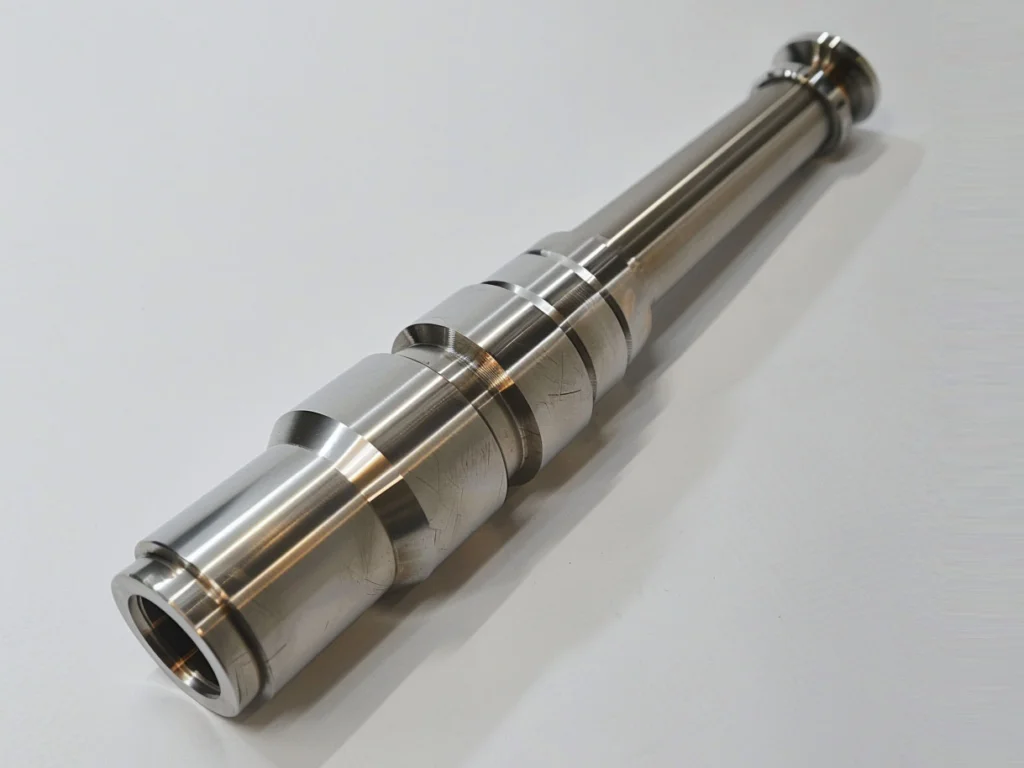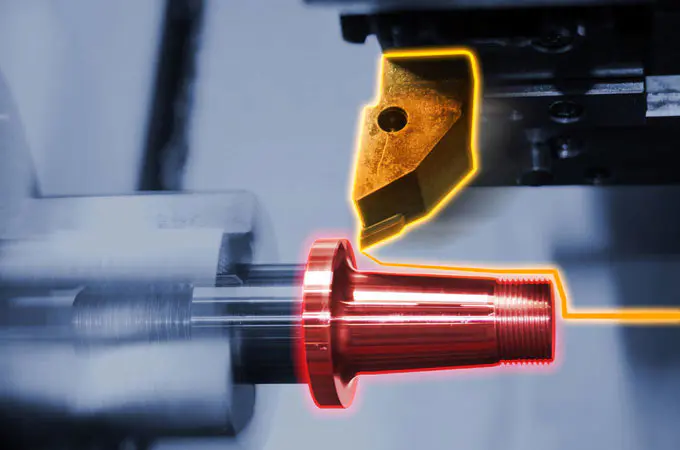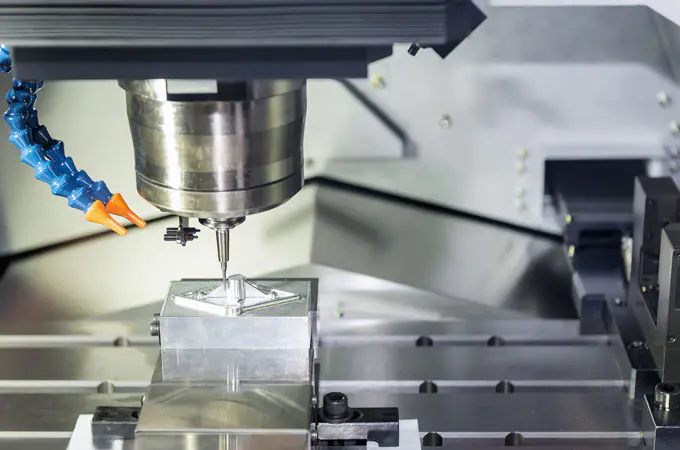
Home » Stainless Steel

Stainless Steel
Material Type
Metal
Process Compatibility
CNC Machining, Metal Stamping
List of Metal Material
List of Plastic Material
List of Elastomer & Rubber Material
Stainless Steel Description
Price
$$$$$
Strength
Excellent corrosion resistance make it resistance corrision, staining, and rust.
Weakness
Higher cost, susceptibility to dents and scratches, weight compared to some materials, lower thermal conductivity, challenging machining, and potential embrittlement.
Common Application
Kitchenware, medical equipment, architecture, lighting, and high-pressure systems.
Available Stainless Steel Materials
Stainless Steel 303
Stainless steel 303 is a free machining alloy known for its excellent machinability and moderate corrosion resistance. It is a non-magnetic, austenitic stainless steel that cannot be hardened by heat treatment. The main feature of stainless steel 303 is its enhanced machinability due to the addition of sulfur in its composition, making it ideal for applications requiring extensive machining of parts like shafts, valve bodies, and fittings.
| Tensile Strength | Elongation at Break | Hardness | Desnsity |
|---|---|---|---|
| 240 MPa | 50% | 160 HB | 8 g/cm³ |
Stainless Steel 304
stainless steel 304 is favored for decorative purposes in architecture, interior design, and consumer products. Its non-porous surface and ease of cleaning make it suitable for hygiene-critical applications in food processing and medical equipment. Stainless steel 304 can withstand a broad temperature range, from cryogenic conditions to elevated temperatures.
| Tensile Strength | Elongation at Break | Hardness | Desnsity |
|---|---|---|---|
| 215 MPa | 70% | 123 HB | 8 g/cm³ |
Stainless Steel 316
Stainless steel 316, also known as marine-grade stainless steel, offers enhanced corrosion resistance compared to stainless steel 304. This makes it particularly well-suited for applications in harsh environments. Stainless steel 316 contains molybdenum, which provides improved resistance to pitting and crevice corrosion, making it ideal for use in chloride-rich environments.
| Tensile Strength | Elongation at Break | Hardness | Desnsity |
|---|---|---|---|
| 205 MPa | 40% | 187 HB | 8.03 g/cm³ |
Stainless Steel 416
Stainless steel 416 is a martensitic stainless steel known for its excellent machinability. Unlike other stainless steels, which are primarily austenitic or ferritic, stainless steel 416 belongs to the martensitic group, characterized by its high hardness and strength. The addition of sulfur enhances machinability but slightly reduces corrosion resistance compared to other stainless steel grades.
| Tensile Strength | Elongation at Break | Hardness | Desnsity |
|---|---|---|---|
| 275 MPa | 30% | 156 HB | 7.8 g/cm³ |
Get Stainless Steel Parts with Zhongde
Can stainless steel rust?
While stainless steel is highly resistant to rust and corrosion, certain conditions, such as exposure to aggressive environments or improper maintenance, can lead to corrosion.
What are the surface finishes available for stainless steel?
Stainless steel is available in a range of surface finishes, including brushed, polished, matte, and textured finishes, each offering distinct aesthetic and functional characteristics.
Is stainless steel suitable for food contact?
Stainless steel is widely used in food processing, storage, and preparation due to its hygienic properties, resistance to corrosion, and ease of cleaning.




